Many people only schedule air conditioning repair when their system breaks down. However, the reality is your air conditioner will often drop hints letting you know it’s in trouble before a total breakdown that results in new AC installation. Understanding the warning signs and calling the experts at E.B. Air to handle issues early can help you avoid the hassle and expense of a full AC system failure. More importantly, it can prevent the discomfort of having your AC stop working on a really hot day.
When you call us, our team of highly trained HVAC technicians will diagnose the issue, make the necessary repairs and get your AC back on track. We have years of experience and provide reliable, cost-effective AC service for area residents.
Why put off calling the pros until your cooling system stops working? Skip all that hassle by calling today to schedule AC repair in East Bernard, TX, from E.B. Air.
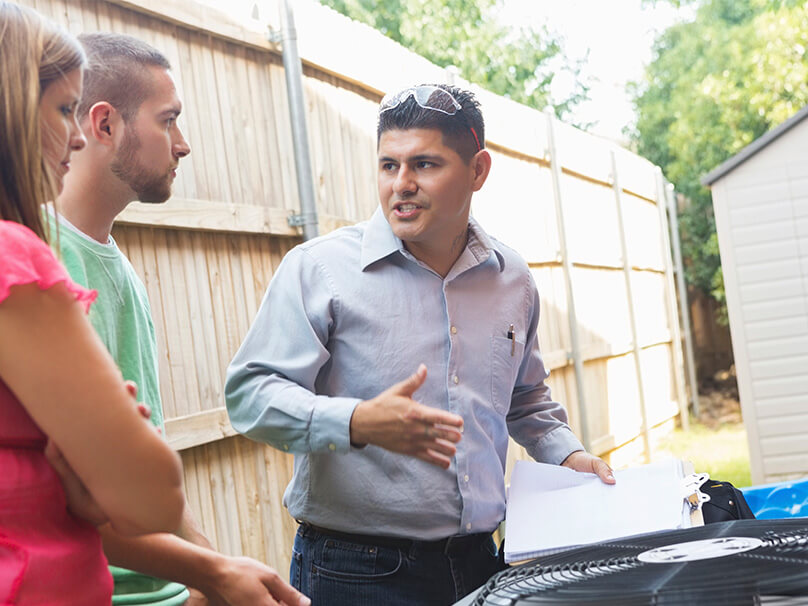
Warnings Signs You Need AC Repair
Wondering if your air conditioner is having issues? From strange odors to a lack of cool air coming from the vents, there are many symptoms that your cooling system has a problem and needs attention or service.
Here are some red flags that trouble may be around the corner and it’s time to call an HVAC technician from E.B. Air:
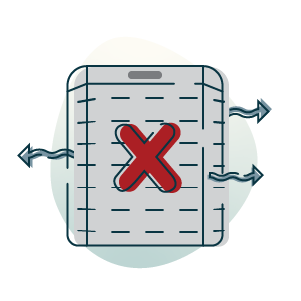
AC blows warm air instead of cold
If hot air is flowing out of your AC unit instead of cool air, or if the air isn’t as cool as normal, it’s a smart move to call us for professional cooling service.
AC frequently turns on and off
If your AC system starts and stops instead of maintaining steady operation, it could be a symptom of underlying trouble and should be evaluated by one of our certified HVAC technicians.
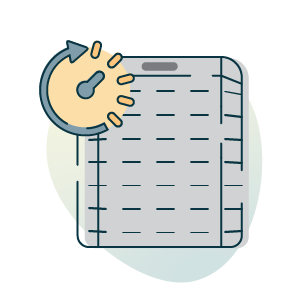
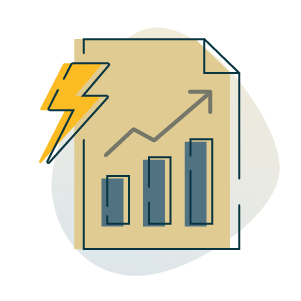
Monthly utility bills increase for what seems like no reason
A sharp increase in your energy expenses can be a sign your AC unit is becoming less efficient, which means it uses more energy to cool your home and needs AC maintenance or repair.
Strange odors are coming from your AC
Air conditioners aren’t supposed to smell. A strange smell coming from your air conditioner should be checked by an expert, as they can be a symptom of trouble like mold, mildew or even electrical issues.
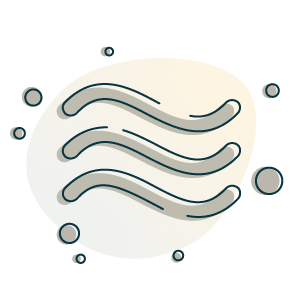
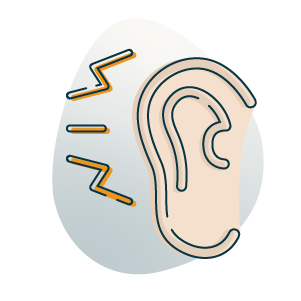
AC starts making noises
If you hear odd noises when your air conditioning is running — clanking, grinding or screeching, to name just a few — it’s important to call for professional HVAC service to find out what’s wrong.
Request Professional Air Conditioner Repair Right Away
When you require air conditioning service without delay, reach the HVAC repair specialists at E.B. Air. We’ll quickly identify the issue when your air conditioner won’t work or give adequate cool air.
